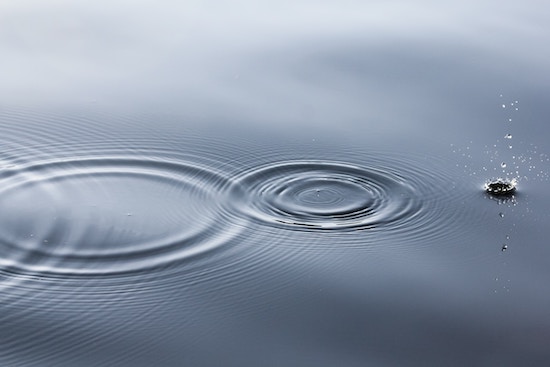Ethiopia: The Land of Water Stewardship, the Blue Nile, and Coffee

Earlier this year I was fortunate enough to visit Ethiopia: the source of the Blue Nile and the widely accepted birthplace of coffee. Ethiopia is also home to many spectacular lakes within the Ethiopian Rift Valley. One of these, Lake Hawassa, is not only home to beautiful birds and wildlife but also to the Protecting Lake Hawassa (PLH) Stewardship Project.
The PLH partnership has an overall objective of improving water security for the residents and businesses established around Lake Hawassa. Supported through the GIZ International Water Stewardship Programme (IWaSP), the partnership has a number of stakeholders from around Lake Hawassa, including representatives from civil society and the public and private sectors. During my visit to Lake Hawassa, these stakeholders kindly shared their insights on how implementation of the partnership has been optimised to ensure maximum benefit for the people and nature around Lake Hawassa.
The partnership started with a joint design workshop to discuss the possible projects to increase water security for stakeholders around the lake. This was to ensure the needs of local stakeholders were addressed during project implementation. As a result of this workshop, the partnership decided on a combination of measures to address water quality issues including improving the existing pollution prevention infrastructure, strengthening solid waste management services, and promoting good habits within the local community to prevent pollution. In addition to pollution from the town, sedimentation and erosion from the upper catchment area of the lake was identified as a water quality risk. The partnership sought to reduce sedimentation of the lake by undertaking Afforestation and Soil Erosion Control (ASEC) by planting trees on the upper catchment area of the lake. Recognising the different needs and complexities of implementing these projects, the partnership created task force teams for the different work streams to achieve the common goal of water security.
Another major lessons from the PLH partnership in Ethiopia was the power of pilot projects to demonstrate efficacy and practical benefits. In Ethiopia there is a reluctance to implement any program of work without some previous example to demonstrate results. The local municipalities need to get permission from higher levels of government to do anything outside their usual way of working, so they prefer to have examples to support their reasons for change. A successful pilot increases the chances of government involvement and support. Once the project was piloted successfully in Lake Hawassa, the partners received requests from other municipalities to present their project and to share what they learned from the PLH Partnership.
As we boarded a small plane to fly the approximately 45 minutes back to Addis Ababa, I reflected on the other insights from the partnership, particularly the importance of having a partnership manager based in Lake Hawassa rather than in Addis Ababa. Even though the flight to Addis Ababa is relatively short, the hands-on presence of a dedicated partnership manager (recently hired) was already being appreciated relative to the previous system, when someone from the IWASP program would fly in periodically to meet with partners. I look forward to seeing what will be implemented by the new Natural Resources Stewardship (NatuReS) programme and their dedicated partnership manager.
